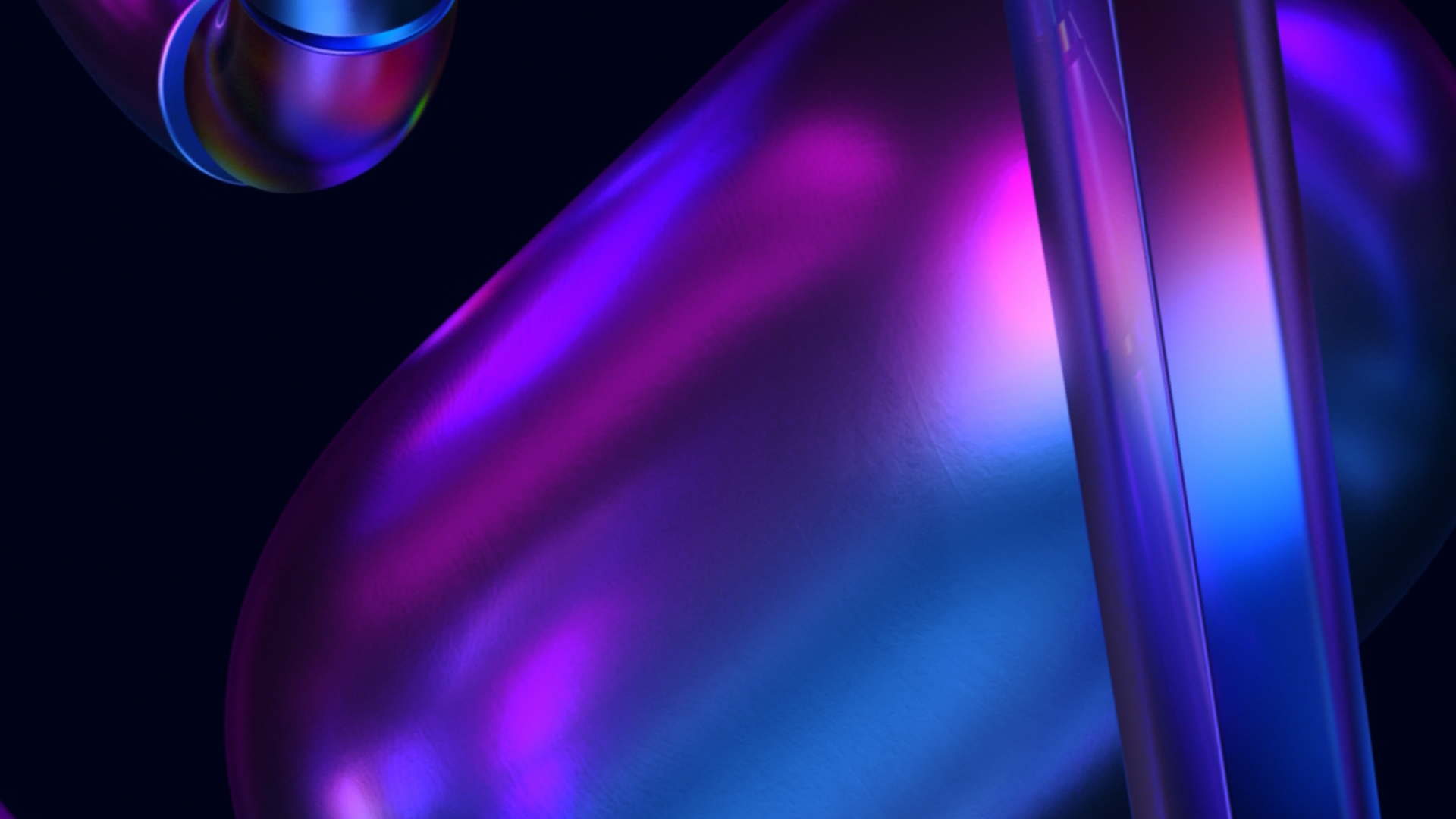Oculus Developer Hub
The Oculus Developer Hub is a PC & Mac-based development tool for VR content creators. In 2020, I drove the design branding and launch of the MVP which was released at the Oculus Connect 7 virtual event.
The Challenge
Developing VR Applications requires the use of many tools and resources, many of which are immature or non-existent.
The Solution
The Oculus Developer Hub is an all-in-one desktop app that provides tools and resources to support devs across the end-to-end development process.
Dev Dashboard
The developer dashboard was designed to give developers a high-level overview of the state of their app development status and highlight noteworthy content that would help them progress from development to the submission and release of their app.
Device Management
Being able to execute functions on the device was a huge pain point in the VR development process as devs needed to don and doff the headset constantly. We created the device management feature to give them low-level control over headset features that can be triggered remotely.
Performance Analytics
Managing the performance and system resource utilization of a VR app is critical to maintaining a smooth experience for users and gaining app store approval. We built the analytics tool to provide a highly detailed analysis of how the app was utilizing various system resources and performing across several metrics, then gave developers the tools needed to debug and optimize their app.
HMD Output & Recording
Being able to see what the headset is outputting is one of the best ways to identify issues in the code, we created a remote viewing and recording feature that allowed devs to see the output of the device while debugging, so they could connect in-experience issues with performance drops. This feature also became a valuable tool for other teams within dev studios as it allowed them to record high-quality footage of their app for marketing and other purposes.
The developer journey didn’t stop with ODH.
Along with releasing the new standalone ODH app, we also needed to overhaul our web-based developer documentation site as this was the most active resource the developer community was using, and it was plagued with information architecture, navigation and formatting issues.
The result was Dev Center 2.0, a web-based destination for developers to find all the resources and documentation needed to create a successful VR app.
Brand Development
Along with the development of the in-product user experience, I was responsible for building out a lightweight style guide that could be used to brand the app, as well as the marketing collateral surrounding the launch at the Facebook Connect 7 conference.
At the time, Oculus had launched a refreshed brand for its consumer-facing products. Since ODH was aimed at professionals & businesses, I worked with the brand team to propose using this as an opportunity to begin defining a developer-facing flavour of the brand. This resulted in aligning around a new wordmark, distinct color palette, gradients, 3D shape motifs & textures and lockups which are now used on all of our developer-facing products today.
The Central 3D Motif
The foundation of the branding elements surrounding the product was a 3D motif we developed to capture abstract concepts from the VR development process. This visual was made up of basic 3D primitives that represented the building blocks of any VR experience and mixed opaque & translucent forms to represent both the art & science involved in the app creation process. These went on to be used in various parts of the app and the marketing material.














